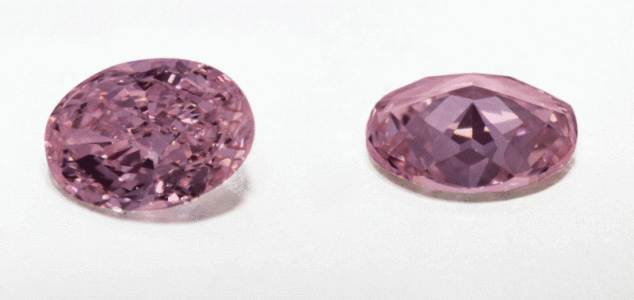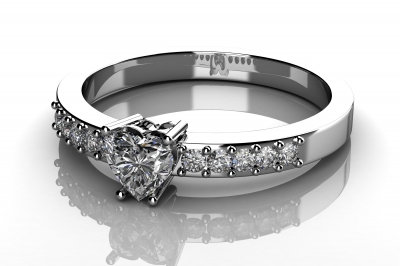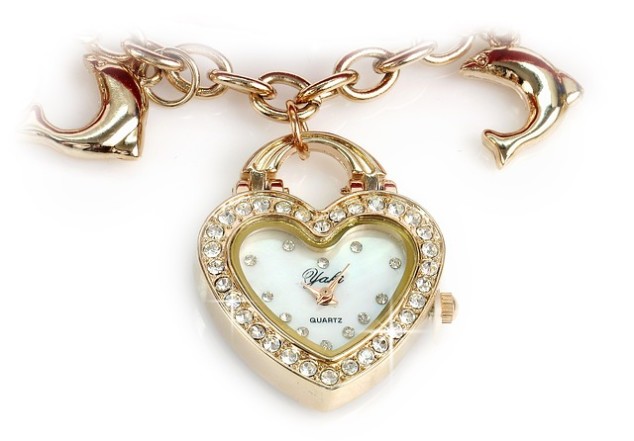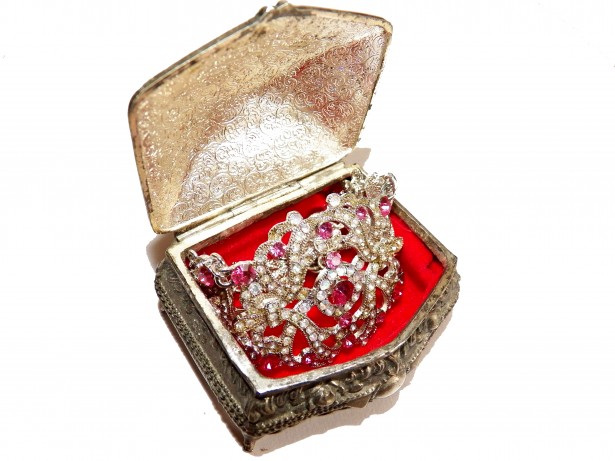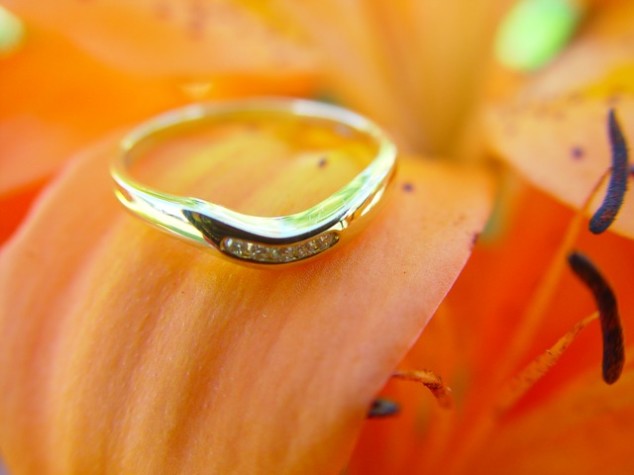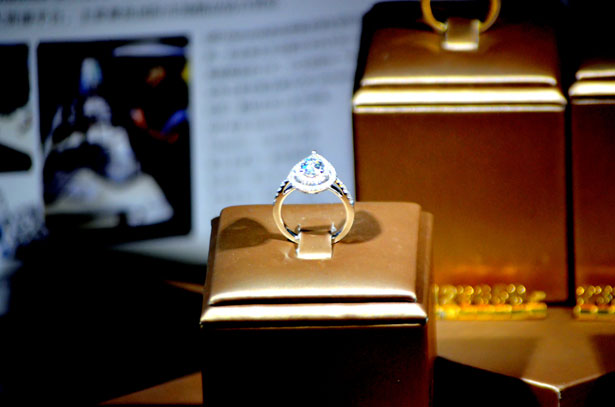The Importance Of Appraisals In Diamonds And Gemstones Transactions
The importance of a certified diamond and gemstones appraiser is increasing more and more in today’s changing market environment. Consumers are more educated and sophisticated, while diamonds are more and more expensive. That’s why it’s so important to know the exact value of a diamond and make the best use out of the information provided by an expert gemologist. Now a day, a diamond is not appraised only by clarity,color or weight, because there are plenty of other factors to be taken into consideration:
- Did the diamond have any temporary or permanent treatments applied?
- Is the stone a synthetic diamond, a real diamond, a color-altered one, loaded with filler or a plain fake?
- Is the information stated in the documentation accurate?
- Is there any damage to the diamond?
- Is the diamond really cut correctly?
Given those factors and for a buyer’s own safety, it’s recommended to use a third party appraisal service in transactions involving diamonds or other gemstones, as a matter of fact. The only other things people buy without having a “list price” are houses, so it’s obvious diamonds are a big investment for any person. Appraisers are therefore needed to confirm these type of transactions.
Gemology is the science and art of gemstones. Certified gemologists have special training in grading of gems, especially diamonds. The appraisal process involves two important components: the authentication of an item and the assignment of an appropriate value.
Over the years, jewelry stores, pawn shops, auction houses or other types of businesses would make appraisals of their own, based on previous experiences and using charts, such as the Rapaport Diamond Report to establish their own prices. Of course, these appraisals are not accurate and the need for independent appraisers was obvious. A fair appraisal is beneficial for both the seller and the buyer, and using the services of an independent appraiser ensures exactly this. Appraisers don’t buy or sell jewelry at all, they are just providing their services, so they don’t have any interest in the outcome of the appraisal. This is something most diamond and gems shoppers found to be useful, as serious sellers allow a period of time from the moment of purchase to return them, time that can be used to get an evaluation from an independent appraiser to confirm the information provided by the seller, or to receive more details.
Depending on a client’s needs, an appraisers is able to provide retail replacement value reports (used to confirm the quality of a gemstone), establish market value and fair market value, sale prices and other types of evaluation, varying from liquidation appraisal, damage reports or collateral appraisal.
AGI New York (Accredited Gemological Institute) offers all the services involved in diamonds and gemstones transactions with the help of state-of-the-art technology. The AGI laboratory is able to deliver customized reports and a wide range of appraisal services. Even more, the AGI gemologists are available for training, through seminars covering topics in the industry from treated gemstones to synthetic ones, to prepare business staff in better selling certified diamonds. The institute’s reputation for meeting client’s timetables is unsurpassed, making it a priority to treat each client with prompt and individual attention.

